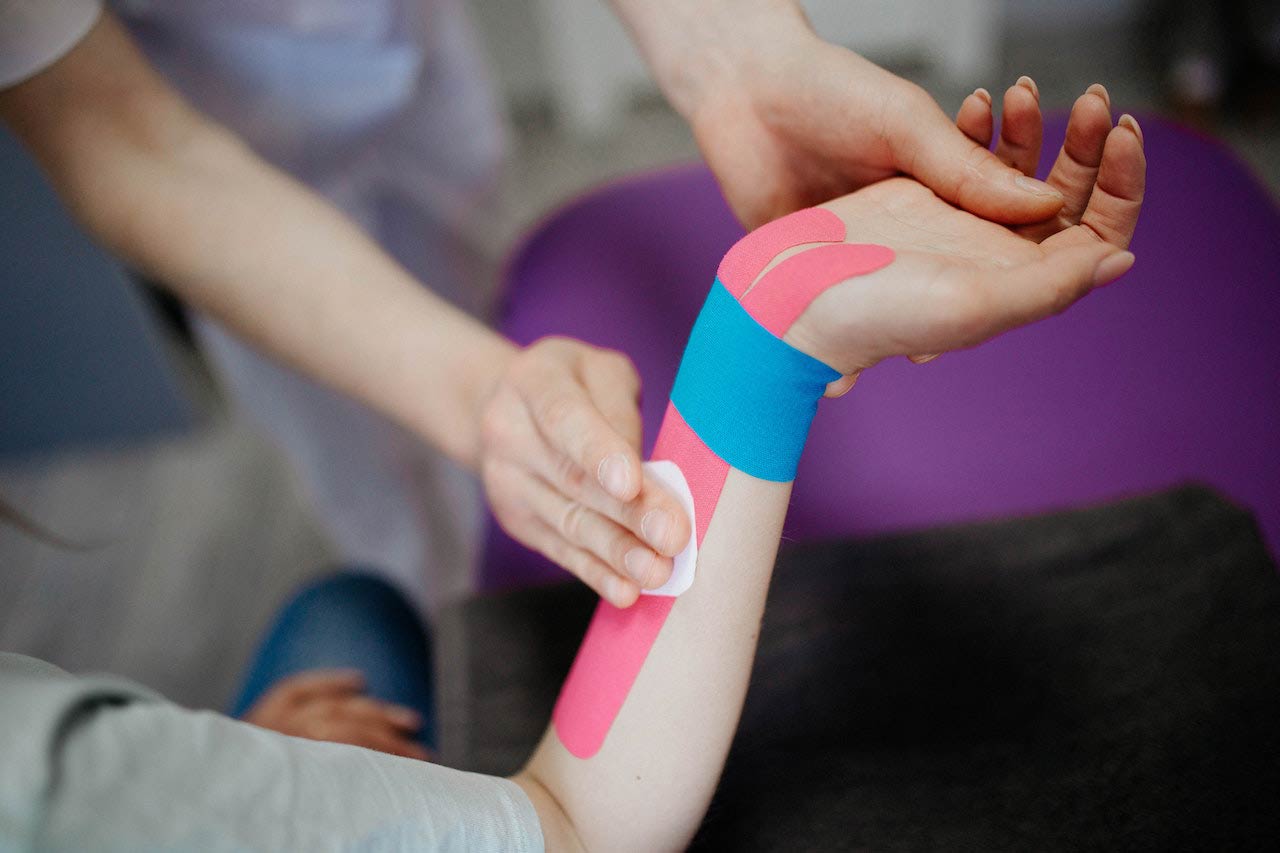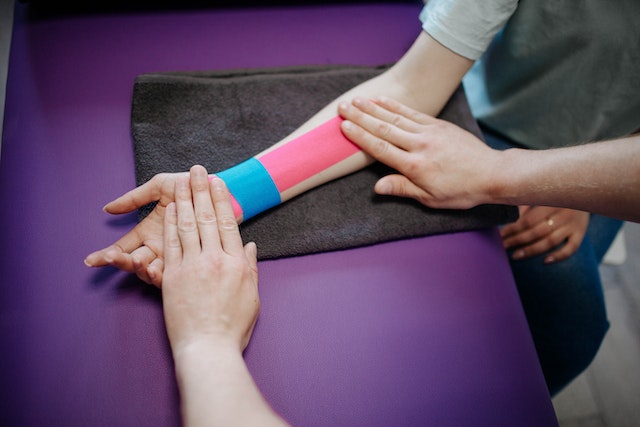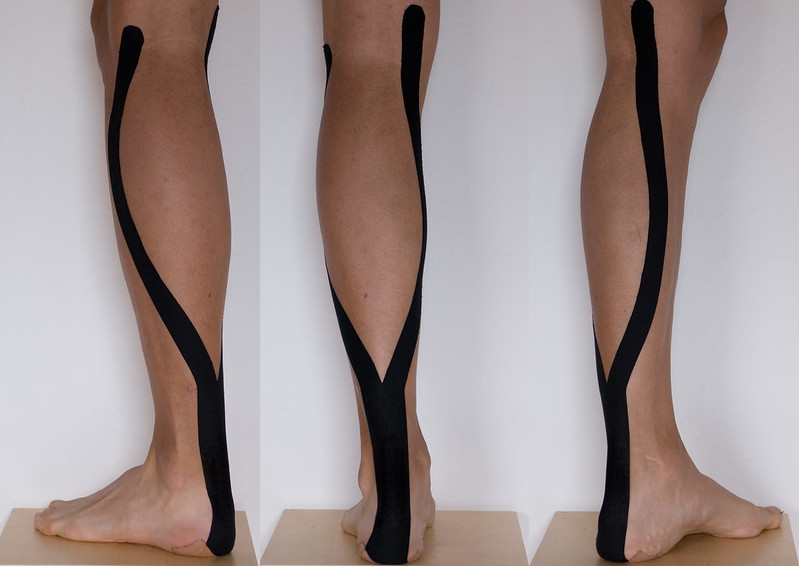
What Is the Kinesio Taping Method? [Know How it Works]
Kinesiotaping, also known as Kinesio taping or simply KT, is a rehabilitative method that uses a special type of tape to support muscles, joints, and other soft tissues. This method was first developed in the 1970s by Dr. Kenzo Kase, a Japanese chiropractor and acupuncturist who was searching for a non-invasive way to treat his patients’ injuries and pain. Since then, kinesiotaping has gained popularity around the world as a safe and effective way to manage a variety of musculoskeletal conditions.
The Kinesiotaping Method
The Kinesiotaping method involves the application of a specially designed tape, which is made of elastic cotton fibers with an acrylic adhesive. The tape is applied to the skin over the affected area, following specific patterns and tension levels, with the goal of providing support and stability to the injured or painful area. The tape is typically worn for several days at a time, allowing for continuous therapeutic effects.

The unique feature of kinesiotaping is its ability to provide support to the body’s soft tissues without restricting movement or blood flow. The tape is designed to mimic the elasticity of human skin and muscle, allowing for a full range of motion while still providing support and feedback to the body’s sensory system. This can help improve proprioception, or the body’s sense of where it is in space, and enhance neuromuscular control, or the ability to coordinate muscle movements.
How Does Kinesiotaping Work?
The mechanism of action of kinesiotaping is not fully understood, but there are several proposed theories. One theory is that the tape stimulates the skin receptors and sensory nerve endings, which can help reduce pain and promote healing. The tape may also help reduce inflammation and swelling by lifting the skin and creating a space for fluid to drain away from the injured area.

Another proposed mechanism of action is that kinesiotaping can improve joint alignment and stability by providing a gentle, constant reminder to the body to maintain proper posture and movement patterns. This can help reduce the risk of further injury or exacerbation of existing conditions.
Research on the Effectiveness of Kinesiotaping
There is a growing body of research supporting the use of kinesiotaping for a variety of musculoskeletal conditions. For example, a systematic review published in the Journal of Athletic Training in 2012 found that kinesiotaping can be effective in reducing pain and improving muscle function in people with conditions such as patellofemoral pain syndrome, rotator cuff injuries, and low back pain.
A study published in the Journal of Orthopaedic and Sports Physical Therapy in 2013 found that kinesiotaping can improve balance and stability in people with ankle sprains, while another study published in the same journal in 2014 found that kinesiotaping can reduce pain and improve function in people with knee osteoarthritis.
However, some studies have found conflicting results, and more research is needed to fully understand the effectiveness of kinesiotaping and its optimal use in different populations and conditions.
Conclusion
Kinesiotaping is a safe and non-invasive method for managing musculoskeletal conditions, providing support and feedback to the body’s soft tissues while allowing for a full range of motion. While the exact mechanism of action of kinesiotaping is not fully understood, research suggests that it can be effective in reducing pain, improving muscle function, and enhancing joint stability in a variety of conditions. If you are interested in trying kinesiotaping, it is important to consult with a medical professional who is trained in this method to ensure that it is appropriate for your specific condition and to receive personalized advice on how to use the tape. Our physiotherapists and chiropractors at Encompass Sports Therapy are trained in the use of kinesio tape, and use it to help reduce pain and improve movement.
Written by: Dr. Mike Belding
Chiropractor, B.Sc, ART
